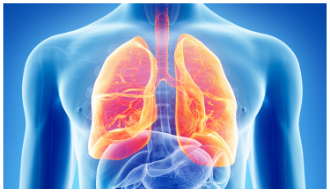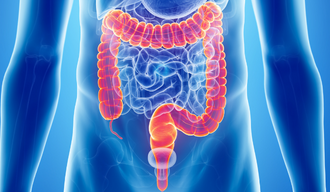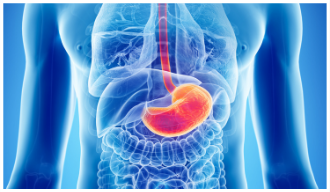Food Intolerance Testing (FIT)
Understanding the Relationship Between IBS and Food Intolerance

Irritable Bowel Syndrome (IBS) affects a large population globally and patients are affected with chronic symptoms of abdominal pain and intestinal symptoms (constipation, cramping, etc.).
Diagnosis of IBS is based on symptoms and ruling out conditions such as organic diseases that mimic the disorder observed through endoscopy and other exams.
Although evidence is inconclusive on the relationship between specific foods and IBS, a significant part of the IBS patient’s workup is testing for food-related issues (intolerances). Therefore, it is important to properly understand the role that food intolerance plays in contributing to symptoms of IBS.
Clinical Challenges Faced by Physicians in Diagnosing Food Intolerances
For IBS patients, it is important to determine food intolerance-related symptoms to orient a treatment, ie exclusion/specific diet and/or medication.
Typical food intolerance triggers an immune system reaction involving release of Immunoglobin E [IgE] and histamine causing intense body reactions. Delayed discomfort after food absorption might be due to the change of intestine motor and sensory function as a result, of low grade inflammation from food allergen, this would be considered as atypical food allergy.1(i.e., non Immunoglobin E [IgE] mediated)

This figure shows the typical algorithm used to diagnose food intolerances. Current diagnostic methods for typical and atypical food allergies, especially non-IgE mediated ones, have limited diagnostic performance accuracy and are not reproducible.8,9
Cellvizio Advanced Imaging Technology and IBS
Cellvizio is the real-time in vivo cellular imaging platform that uses probe-based Confocal Laser Endomicroscopy (pCLE) to provide microscopic visualization of the mucosa during an endoscopy procedure. It allows quick and thorough diagnostic assessment of the tissue at the cellular level.
Cellvizio enables the assessment of functional disorders such as intestinal barrier dysfunction and intestinal barrier cell shedding as they happen in real-time, which constitute positive markers for food allergies.2
Studies using endomicroscopy found that more than 50% of IBS patients could have atypical food allergies.3,4
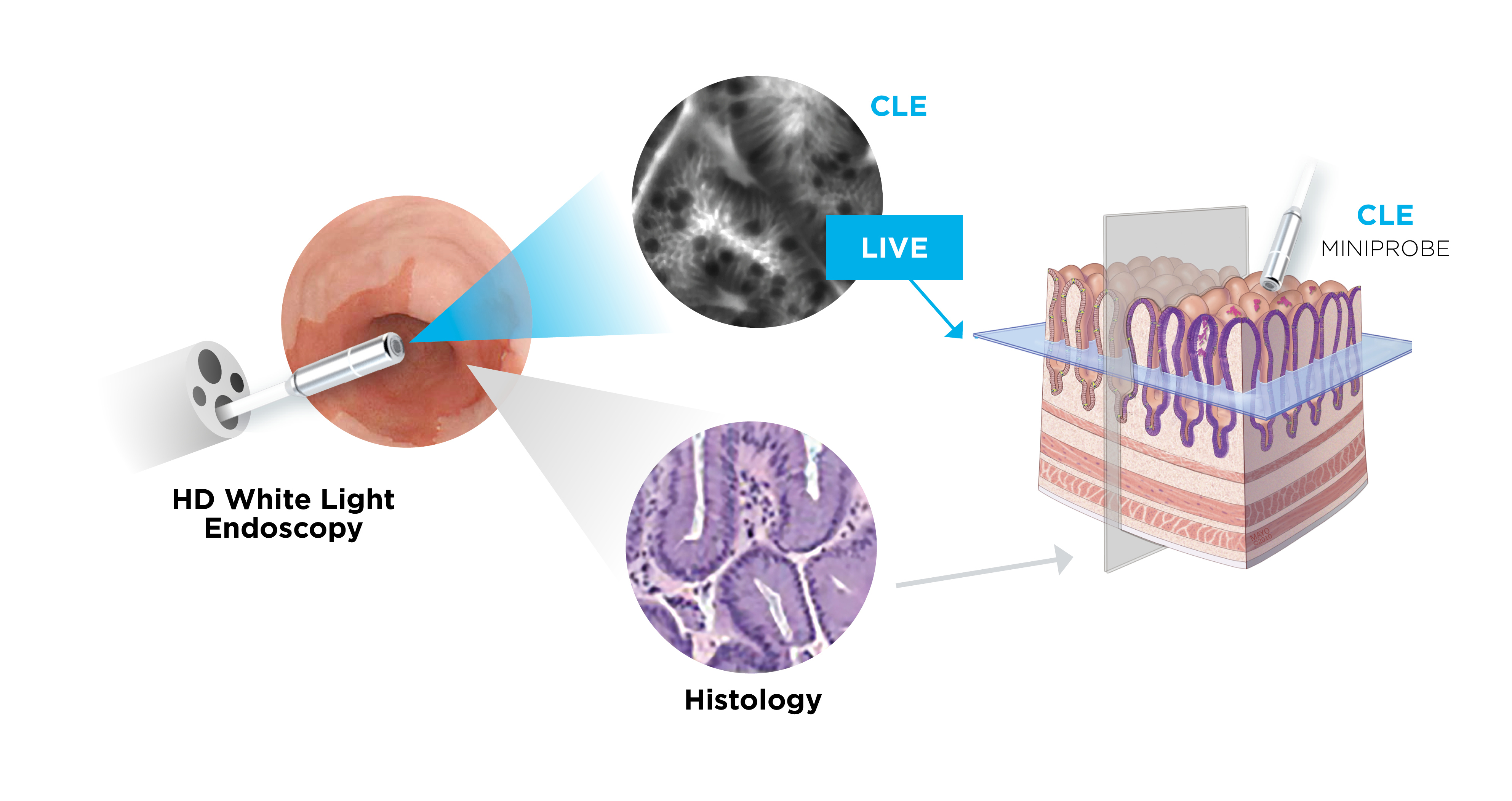
Cellvizio Food Intolerance Test (C-FIT) Procedure
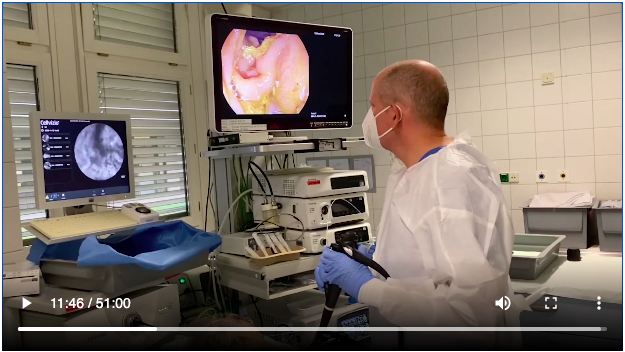
Identify Food Intolerances in Real-Time - Overview Webinar
To view the webinar by Prof. Kiesslich, click here.
The Cellvizio procedure is easy to integrate into your existing workflow and is described as per the following steps6, 7
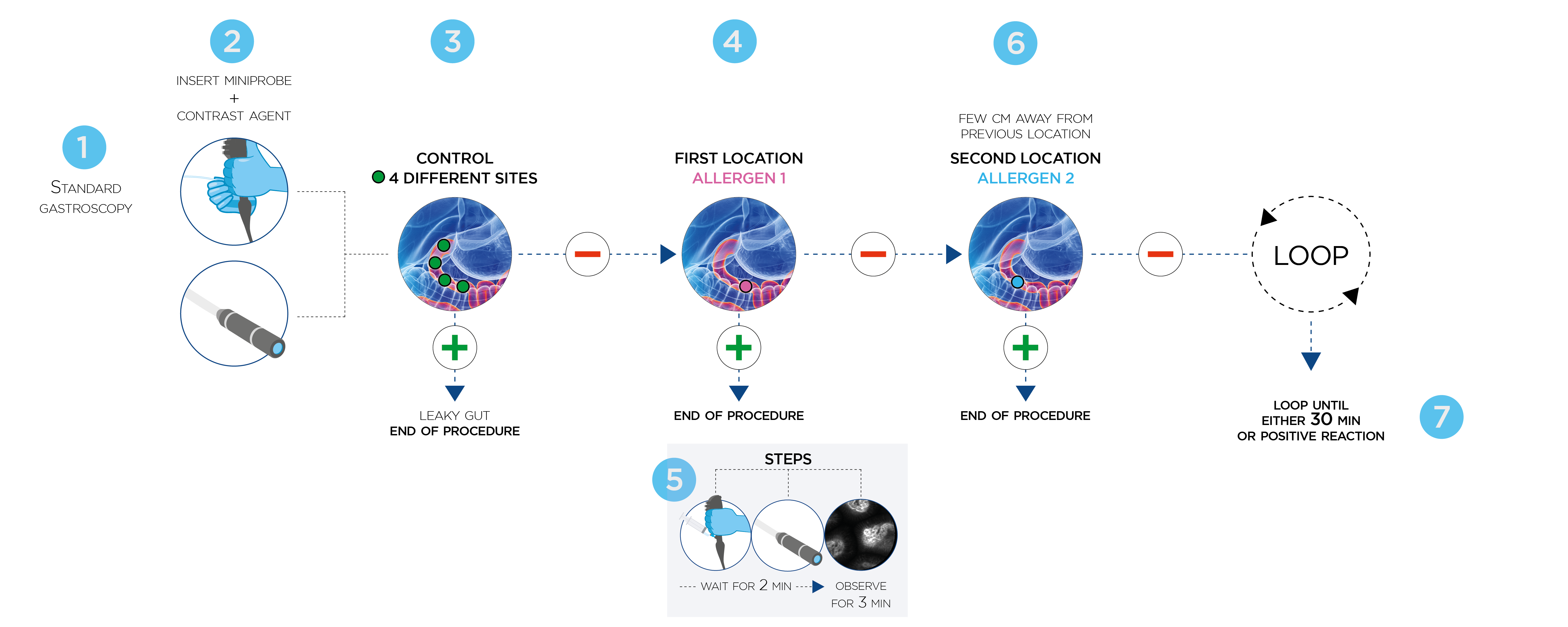
1. Perform a standard gastroscopy to observe any sign(s) of abnormal mucosal structural defect that would suggest a known gastrointestinal disease. In the case of any mucosal abnormality observed on endoscopy, the endomicroscopic procedure may not be applicable.
2. Inject contrast agent intravenously.
3. To establish a baseline, perform Cellvizio imaging on the duodenum at a minimum of 4 sites (about 20 seconds each) to verify mucosal integrity (i.e., no contrasting agent leakage into the lumen) prior to any provocation.
4. Through the working channel of the endoscope, apply one food allergen onto the duodenal mucosa, starting from the distal part.
- Leave space between each provocation site
- Start with the food allergen that will less likely trigger a reaction
5. Wait for 2 minutes after the application of food before starting imaging and observe
- If the observed reaction is positive (CLE+), conclude the test.
- If the observed reaction is negative (CLE-), extract the probe, flush with saline in the channel, and move to the next site.
6. Repeat steps 4 and 5. Before applying a new allergen, move the endoscope to the new site towards the proximal end of the duodenum.
7. The test should conclude about 30 minutes after the injection of the contrast agent due to the increased risk of false positives. Eventually, the contrast agent will be visible in the lumen (but with no cell shedding).
Suggested Concentrations for Most Common Food Allergens7
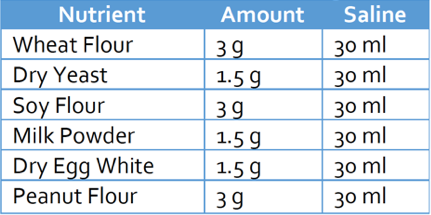
Cellvizio Image Patterns and Interpretations7:
Major Publications on Endomicroscopy for Food Intolerance:
Fritscher-Ravens A et al. Confocal Endomicroscopy Shows Food-Associated Changes in the Intestinal Mucosa of Patients With Irritable Bowel Syndrome. Gastroenterology 2014;147:1012–1020. Link
Fritscher-Ravens A, Pflaum T, Mösinger et al. Many Patients With Irritable Bowel Syndrome Have Atypical Food Allergies Not Associated With Immunoglobulin E. Gastroenterology. 2019 Jul;157(1):109-118. Link (Ref 3)
Study Summary to download
- 50-60% of IBS patients may have a nonclassical food allergy
- 96% of CLE + patients experienced an improvement in symptoms
- 68% of CLE+ patients experienced over 80% improvement within 3 to 6 month of allergen exclusion
Kiesslich R, Adib-Tezer H, Teubner D et al. Endomicroscopic detection of atypical food allergy in patients with irritable bowel syndrome – a new diagnostic era? DDW 2020, Su1344 (Ref 5)
- Nearly 59% of patients had food induced leaky gut
- 84% of patients improved symptoms after exclusion diet
Kiesslich R, Review of Endomicroscopy Diagnostic value of endomicroscopy for gastrointestinal diseases New possibilities and concepts.Techniques and Innovations in Gastrointestinal Endoscopy (2020). Link (Ref 6)
- Functional imaging with endomicroscopy for diagnosing atypical food allergies has a great potential to establish as an additional part of standard care for food allergy diagnosis
Fritscher-Ravens A, Exclusion of atypical food allergens detected by confocal endomicroscopy is superior to low fodmap diet in patients with food-sensitive IBS. AGA ABSTRACTS| VOLUME 158, ISSUE 6, SUPPLEMENT 1, S-135, MAY 01, 2020. Link (Ref 8)
- Symptoms, somatization and anxiety scored better with the CLE-guided allergen exclusion diet than with the Low FODMAP Diet
Kiesslich R, Endomicroscopic Diagnosis of Food-induced Allergy-like Reactions White Paper 2022. Click to download
- Explanation of the procedure
1. Ohman L, Simrén M. Pathogenesis of IBS: role of inflammation, immunity and neuroimmune interactions. Nat Rev Gastroenterol Hepatol. 2010;7:163–173. doi: 10.1038/nrgastro.2010.4).
2. Goetz M, Malek N, Kiesslich R. Microscopic imaging in endoscopy: endomicroscopy and endocytoscopy. Nat Rev Gastroenterol Hepatol. 2014;11, 11–18. doi.org/10.1038/nrgastro.2013.134.
3. Fritscher-Ravens A, Pflaum T, Mösinger et al. Many Patients With Irritable Bowel Syndrome Have Atypical Food Allergies Not Associated With Immunoglobulin E. Gastroenterology. 2019 Jul;157(1):109-118.
4. Crowe SE. Food Allergy Vs Food Intolerance in Patients With Irritable Bowel Syndrome. Gastroenterol Hepatol (N Y). 2019;15(1):38–40. PMID: 30899207; PMCID: PMC6423694.
5. Kiesslich R, Adib-Tezer H, Teubner D et al. Endomicroscopic detection of atypical food allergy in patients with irritable bowel syndrome – a new diagnostic era? DDW 2020, Su1344.
6. Kiesslich R, Review of Endomicroscopy Diagnostic value of endomicroscopy for gastrointestinal diseases New possibilities and concepts.Techniques and Innovations in Gastrointestinal Endoscopy (2020).
7. Kiesslich R, Endomicroscopic Diagnosis of Atypical Food Allergies New method White paper 2022.
8. Food Allergy Research & Education (FARE). foodallergy.org. Accessed March 2, 2020. https://www.foodallergy.org/sites/default/files/migrated-files/file/Final-FARE-Food-Allergy-Facts-Statistics.pdf
9. Čelakovská J, Krcmova l, Bukac J, Vaneckova J. (2017) Sensitivity and specificity of specific IgE, skin prick test and atopy patch test in examination of food allergy. Food and Agricultural Immunology. 2017;28:2, 238-247. doi: 10.1080/09540105.2016.1258548.
Cellvizio® I.V.E. with Confocal Miniprobes™ are regulated Medical Devices, CE marked (CE 0459) (Class IIa - NB : G-MED) and FDA cleared. Cellvizio® is a registered trademark and Confocal Miniprobe™ is a trademark of Mauna Kea Technologies. Cellvizio® I.V.E. with Confocal Miniprobes™ is a confocal laser system with fiber optic probes that are intended to allow imaging of the internal microstructure of tissues including, but not limited to, the identification of cells and vessels and their organization or architecture. Once connected to the Cellvizio® I.V.E. system: The GastroFlex™ UHD and ColoFlex™ UHD Confocal Miniprobes™ are intended to allow imaging of anatomical tracts, i.e., gastrointestinal systems, accessed by an endoscope or endoscopic accessories. Please consult labels and instructions for use. These statements and the associated reference to specific clinical studies, are not intended to represent claims of safety or effectiveness for detecting or treating any specific condition or disease state. Rather this information is intended to provide useful reference to selected published literature describing physician experiences with the associated clinical uses. Any diagnostic assessment should always be made by the attending physician, based on the evaluation of all sources of clinical, endoscopic and other relevant information. These statements have not been reviewed, cleared, or approved by the U.S. FDA. The use of this medical device is exclusively reserved for health professionals. Product availability cannot be guaranteed in all countries. For further information, please contact your local sales representative.

